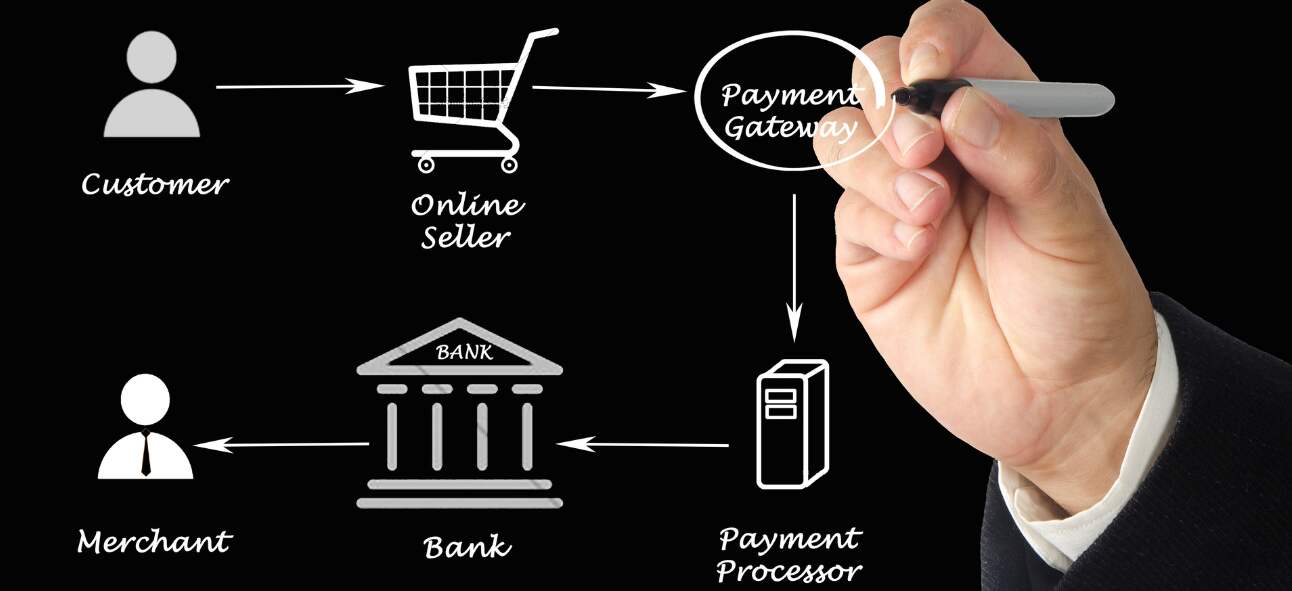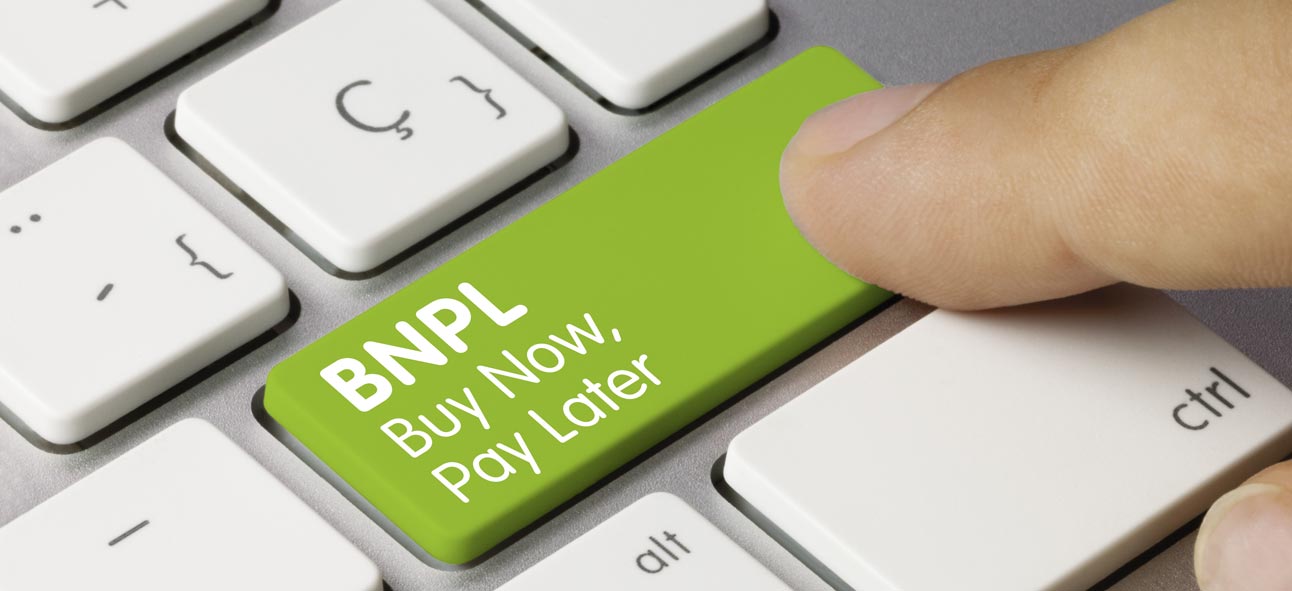Most customers today seek a zero-touch payment experience. Contactless payments are fast, secure, and easy to use. Contactless payments are here to stay, amidst growing awareness and willingness amongst consumers to use them. Newer payment methods are emerging as alternatives to cash, which enable a smoother and superior checkout experience. Learn more about how your business can get started with this popular payment option.
Payment threats continue to rise across Europe, exposing businesses to higher risks. Small businesses can be particularly hit hard owing to lower risk preparation. Fortunately, modern technology and payment tools can help detect and prevent fraud more effectively than before. Learn more in this blog.
Digital payments can do much for your business. Not only do they help you reach more people but also engage them better, leading to long-term benefits for your brand and business. Digital payments help you reach a wider audience, boost sales, and do so much more. This blog explores the reasons why merchants should offer digital payments to succeed in today’s hyperconnected world.
Payments compliance is essential to protect your business and customers from fraud. Not adhering can lead to expensive fines and penalties. These laws and standards govern the entire payment processing system, and adhering to these are a must for you to conduct business successfully. Learn more about payments compliance and what you need to do about it.
Businesses must use automation to speed up the invoicing process and to make payments fast and secure. AP automation will help you manage your payments, scale your business, and adapt to changing industry needs. Read on to know more about AP automation and how it benefits your business.
Convenience lies at the heart of payments today. We can’t imagine a life without instant payments. Convenience and user experience matters, yet B2B cross-border payments have been lacking in those areas. But newer methods are helping businesses to make cross-border payments in real-time without sacrificing UX. Learn more in this blog.
Digital payments are very popular, and everyone seems to be talking about them. Common examples of digital payments are payments made with credit or debit cards, mobile wallets, bank transfers, contactless cards, QR code payments, etc. But how do they work and why does a business need them? Learn more in this blog.
Payment gateway vs payments processor – which one do you need for your business? The world of digital payments often throws up a lot of complex, confusing terms. In this article, we talk about the difference between a payment processor and a payment gateway and the roles they play in the overall payments flow.
Digital payments are essential to drive sales and boost your company growth. Most of us today make or accept digital payments in some form or the other, whether we realize it or not. For a business, not being able to accept digital payments means losing out sales, leading to slower growth, even risk becoming irrelevant in a digital-first age. Learn how to accept digital payments and grow your revenue and customer base.
Invoice factoring is a type of alternative financing that helps SMEs tackle the problem of late payments and generate working capital more quickly. Invoice factoring is an important, and growing source of business finance, especially for small businesses. In this article, find out more about invoice factoring and how it benefits your business.
Strong Customer Authentication or SCA is a European regulatory requirement under the EU Revised Directive on Payment Services (PSD2). Strong Customer Authentication (SCA) reduces payment fraud and is mandatory in the EU. A seamless authentication process secures payments, simplifies the UX, and can greatly improve conversions. Find out how it happens, in this article
Buy Now Pay Later has become one of the hottest payment trends in Europe. But with increasing scrutiny from regulators and a growing debate around bad debt, what does the future hold for BNPL and what does it mean for merchants? Learn more in this blog.





















